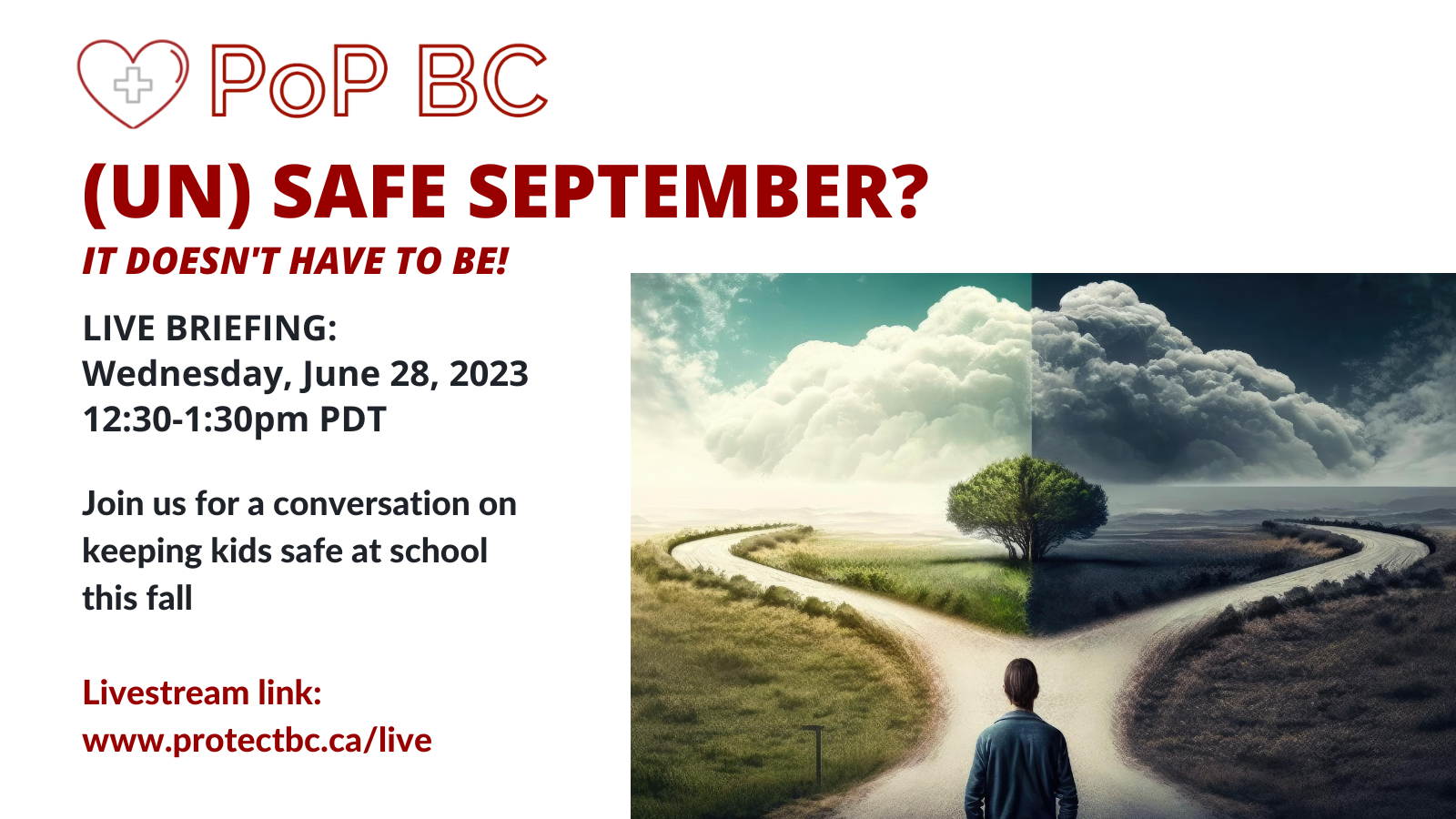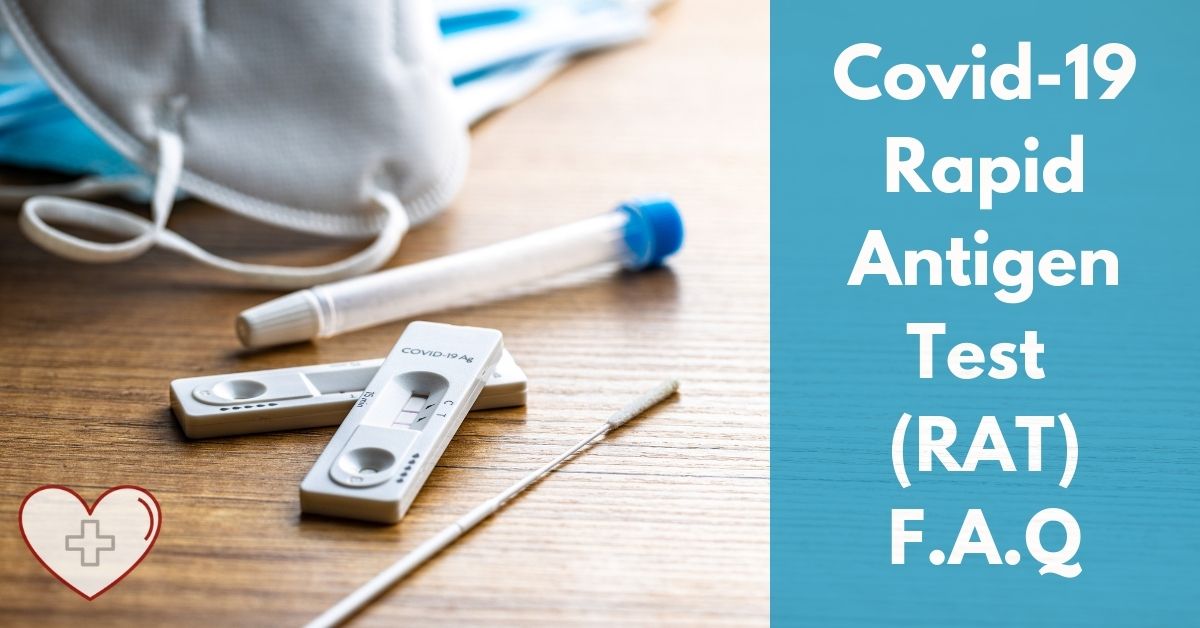What is “positive deviance”, and how can we learn from “positive deviants” about reopening schools safely?
The practice of “positive deviance” was first developed in the 1990s to address childhood malnutrition in rural Vietnam. Rather than focusing on the malnourished children, attention was turned to those who were not actually malnourished even though their families were as impoverished as any of the others. What differed was that these mothers were feeding their children more frequently, 3 to 4 meals a day, and including tiny shrimp and crab found in the rice paddies and adding in sweet-potato greens.
With this readily available local solution, all that was needed was to bring the parents together to learn from the “positive deviant” mothers. The rest was history, and within two years, 80% of the children participating in the project were no longer malnourished.
What allowed the project to succeed?
A good dose of humility, finding effective solutions already in existence in the local community, and helping the “real experts” (or local positive deviants) share with others what was already working.
In every community there are certain individuals or groups whose uncommon behaviour and strategies enable them to find better solutions to problems than their peers. Positive Deviance aims to identify these behaviours and allow the rest of the community to learn from them.
Involve.org.uk
Could we not use the same approach to limit Covid transmission in schools?
Who are the positive deviants among us?
Here are 3 examples among many others that have come to our attention.
Brisbane Independent School, Australia
Fathers of children attending the Brisbane Independent School , a small primary school of 71 students in Pullenvale, Australia, got together with the school principal and figured out how to make the school safer for children and teachers AND minimize the transmission within their community. The dads included an engineer, and a physician who is a member of OzSage (an independent scientific advisory panel providing expertise on ways to reduce SARS-CoV-2 viral transmission). Rather than accept the Queensland Government’s inadequate back to school plan, the dads followed the recommendations of the OzSage working group which focused on safe indoor air (see graphic).
A whole weekend was spent using a smoke machine to optimize airflow in each of the school’s classrooms. As a result, during Queensland's Omicron wave, only one teacher and up to two students in most classes (but not all), had COVID-19 without any in-school transmission.
Knoxville Innovation School, Tennessee
Another shining example of positive deviance is the Knoxville Innovation School in Tennessee. The school is sponsored by a private non-denominational Christian church. School leaders used multiple sources of expertise to adapt the school’s safety protocol to the continuously evolving Covid-19 science and research. The basic SMART approach that recognizes that Covid spreads through aerosols, forms the core of their approach:
- Stay home when sick
- Mask-up (N95, KN95 or KF94)
- Air cleaner in every classroom
- Refresh indoor air
- Temporary outdoor classrooms
In addition, close attention is paid to bubble sizes, with smaller classes of 12 to 15 students, including classes with students of mixed ages (so siblings close in age could remain together).
Knoxville Innovation School leadership recognized that to be successful, a COVID safety plan requires the commitment of the whole school community. Parents, teachers, and staff are all required to sign a Safety Contract. Unlike so many companies with empty mission, vision, and values statements, this school lives up to its words:
The Knoxville Innovation School takes seriously the health and safety of the families and children who participate in the school. We default to protecting our most vulnerable community members and believe that modeling pandemic safety awareness allows us to showcase empathy and commitment to community relationships.
https://knoxvilleinnovation.org/safety-protocols/
The Abrome School, Texas
Our third example of positive deviance is the Abrome school, a private school in Texas that also put the safety of the school community ahead of profits. It is in its third year of not having a single case due to exposure at the school. Like the other two schools, it focuses on a SMART approach that will soon include a vaccination mandate.
At the Abrome school, all of the 2020-2021 school year was spent outdoors. Since then, outdoor schooling has been implemented in times of higher community spread, while remote learning was favoured when there was uncontrolled community transmission. As Abrome school leaders put it:
when the CDC catered to politicians and corporations and said that local spread should not be the driver of how we choose to meet, we ignored them.
The Abrome is not a conventional school. Its COVID safety approach is centered on Black, Indigenous, People of Colour, the immuno-compromised, and those without access to quality healthcare. They understand that if school is made safe for the most vulnerable, then it is safer for everyone. For the Abrome leaders “there is no such thing as a harmless single case of COVID.” Each case is viewed as having the potential to cause a superspreader event, or contributing to the development of a new variant.
What can we learn from this?
There are likely many other examples of positive deviance in schools. What struck us with these three schools is that the parents and school leaders embraced the science and engineering principles involved in making schools COVID safe, and, most importantly, recognized that without a collective effort they would fail.
“Centering community care” is key for these three schools. They recognize that their efforts to keep a school free of outbreak is also about keeping a whole community safe. Schools, just like children, are not islands. Once this is acknowledged, individual decisions and actions then shift from a focus on the “me” to a focus on the “we.”
As Dr. Mike Ryan, Executive Director, WHO Health Emergencies Program wisely states, “we have to act collectively in the face of an epidemic.” Contrast this recommendation with the current public health policies of individual responsibility or “everyone for themselves” that are in place in most Canadian provinces and US states.
Many schools and universities have chosen to uncritically follow public health recommendations which leads to predictable results: waves after waves of Covid infections and reinfections.
In stark contrast, our three positive deviant schools used evidence-based, independent critical thinking along with “centered community care” to find their own path during the pandemic and show others the SMART way to keeping schools open and safe during the pandemic:
Stay home when sick, Mask up, Air cleaning, Refresh air, and Temporary outdoor classrooms.
Though the term Positive Deviance may sound pejorative, this is an example where acting differently while using available resources and knowledge, leads to better results; in this case safer schools and communities.
Share this:







